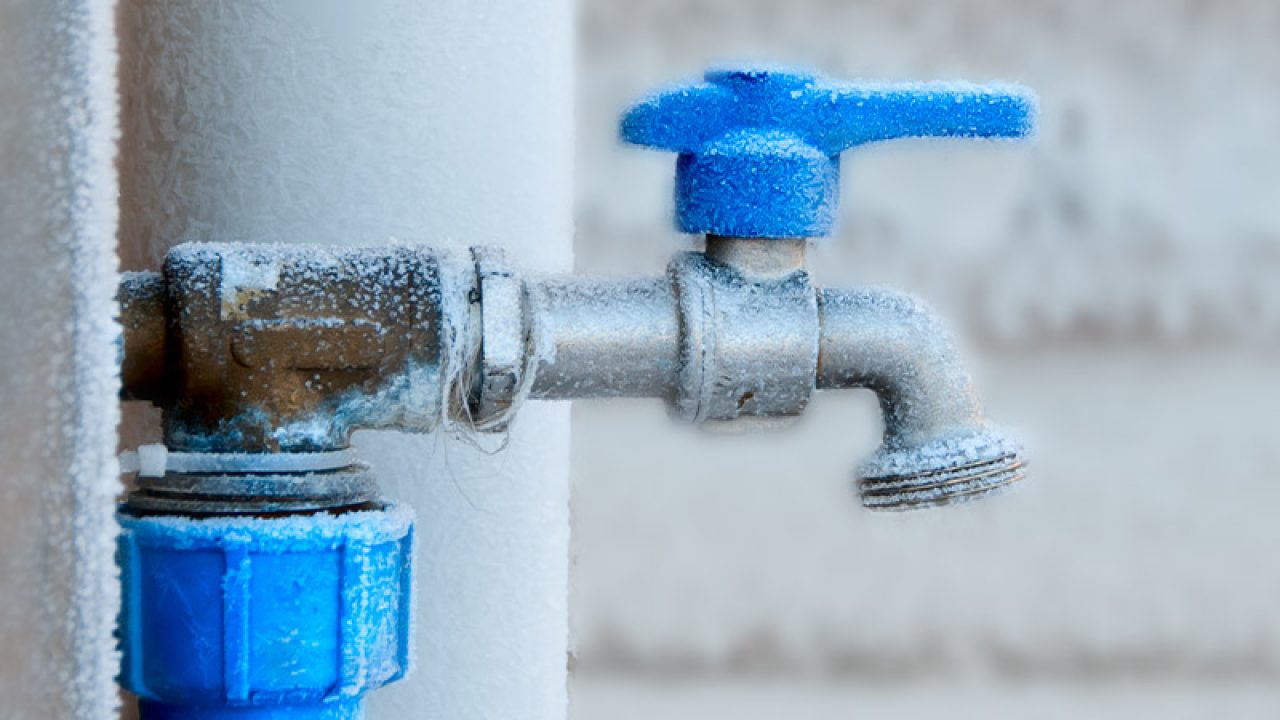Important Tips for Avoiding Frozen Plumbing in Winter Seasons
Important Tips for Avoiding Frozen Plumbing in Winter Seasons
Blog Article
Were you looking for facts and techniques involving Preventing and dealing with frozen pipes?

Winter can damage your plumbing, especially by freezing pipes. Right here's how to prevent it from happening and what to do if it does.
Introduction
As temperatures drop, the risk of frozen pipelines rises, potentially leading to costly repair work and water damage. Recognizing exactly how to stop icy pipes is critical for home owners in chilly environments.
Prevention Tips
Protecting susceptible pipelines
Wrap pipelines in insulation sleeves or make use of warm tape to protect them from freezing temperature levels. Focus on pipelines in unheated or outside areas of the home.
Heating strategies
Keep indoor rooms sufficiently warmed, particularly areas with plumbing. Open cupboard doors to permit warm air to flow around pipelines under sinks.
How to recognize frozen pipelines
Look for reduced water circulation from taps, uncommon smells or noises from pipelines, and visible frost on exposed pipes.
Long-Term Solutions
Architectural modifications
Think about rerouting pipes away from exterior wall surfaces or unheated areas. Add added insulation to attic rooms, cellars, and crawl spaces.
Updating insulation
Purchase top notch insulation for pipelines, attics, and wall surfaces. Proper insulation aids preserve consistent temperatures and minimizes the danger of icy pipes.
Securing Outside Pipes
Garden hoses and outside faucets
Disconnect and drain pipes garden pipes before wintertime. Set up frost-proof faucets or cover exterior faucets with shielded caps.
Recognizing Frozen Pipelines
What causes pipelines to ice up?
Pipes ice up when exposed to temperatures below 32 ° F (0 ° C) for prolonged periods. As water inside the pipes ices up, it expands, taxing the pipeline wall surfaces and possibly triggering them to break.
Dangers and problems
Icy pipelines can result in water disturbances, property damages, and expensive repair work. Burst pipelines can flooding homes and cause considerable architectural damages.
Indications of Frozen Water Lines
Recognizing icy pipelines early can stop them from rupturing.
What to Do If Your Pipelines Freeze
Immediate actions to take
If you believe icy pipes, keep faucets open up to ease stress as the ice melts. Make use of a hairdryer or towels soaked in hot water to thaw pipelines gradually.
Conclusion
Avoiding frozen pipelines needs positive actions and fast actions. By recognizing the causes, signs, and preventive measures, homeowners can safeguard their pipes throughout winter.
5 Ways to Prevent Frozen Pipes
Drain Outdoor Faucets and Disconnect Hoses
First, close the shut-off valve that controls the flow of water in the pipe to your outdoor faucet. Then, head outside to disconnect and drain your hose and open the outdoor faucet to allow the water to completely drain out of the line. Turn off the faucet when done. Finally, head back to the shut-off valve and drain the remaining water inside the pipe into a bucket or container. Additionally, if you have a home irrigation system, you should consider hiring an expert to clear the system of water each year.
Insulate Pipes
One of the best and most cost-effective methods for preventing frozen water pipes is to wrap your pipes with insulation. This is especially important for areas in your home that aren’t exposed to heat, such as an attic. We suggest using foam sleeves, which can typically be found at your local hardware store.
Keep Heat Running at 65
Your pipes are located inside your walls, and the temperature there is much colder than the rest of the house. To prevent your pipes from freezing, The Insurance Information Institute suggests that you keep your home heated to at least 65 degrees, even when traveling. You may want to invest in smart devices that can keep an eye on the temperature in your home while you’re away.
Leave Water Dripping
Moving water — even a small trickle — can prevent ice from forming inside your pipes. When freezing temps are imminent, start a drip of water from all faucets that serve exposed pipes. Leaving a few faucets running will also help relieve pressure inside the pipes and help prevent a rupture if the water inside freezes.
Open Cupboard Doors
Warm your kitchen and bathroom pipes by opening cupboards and vanities. You should also leave your interior doors ajar to help warm air circulate evenly throughout your home.

We are very involved in How to Prevent Your Pipes From Freezing and I really hope you liked the entire piece. Are you aware of another individual who is fascinated with the subject? Do not hesitate to share it. I cherish reading our article about How To Avoid Freezing Pipes.
Get A Free Quote Report this page